Content Distribution: What Is It And How Does It Work?

In today’s digital age, content distribution has become essential to any successful online business or marketing strategy. But what exactly is content distribution, and how does it work?
Content distribution is all about disseminating content across various online channels to reach a wider audience. The main objective of content distribution is to raise your target audience’s exposure and engagement. By leveraging different distribution channels such as social media, email, search engines, and content syndication platforms, you can increase the reach of your content and attract new audiences to your brand.
One of the most significant advantages of content marketing distribution is that it allows you to tailor your message to specific audiences on different channels. For example, you might use social media to target a younger demographic, while email marketing might be more effective for reaching older customers.
The effectiveness of your content distribution strategy largely depends on your ability to identify the proper channels for your brand and create content that resonates with your target audience. By measuring the success of your distribution efforts through analytics and feedback, you can continuously refine and improve your strategy to drive better results.
Benefits of Content Distribution
Content marketing distribution has become an essential component of any online marketing strategy. It enables companies to interact with a larger audience, boost engagement, and enhance website traffic. In this section, we’ll explore the benefits of content distribution in more detail.
- Increased visibility: Content distribution allows you to reach a larger audience beyond your existing customer base. You can increase your brand’s visibility and attract new potential customers. You can do it by distributing your content via several channels, like social media, email, and content syndication platforms.
- Better engagement: You can interact with your audience more successfully if you distribute your content through a variety of channels. By tailoring your message to specific audiences on different channels, you can increase engagement and encourage your audience to interact with your brand.
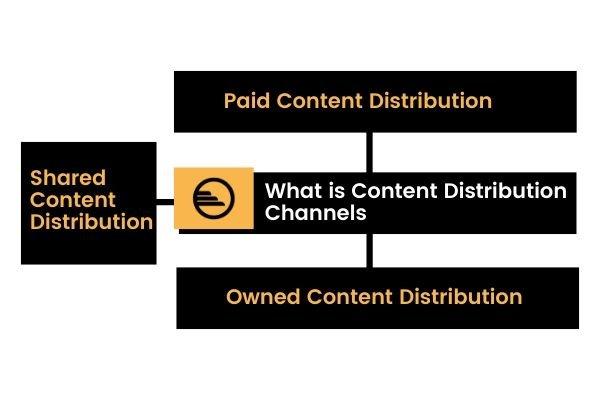
- Improved SEO: Content marketing distribution can also help improve your website’s search engine optimization (SEO). You may boost the number of backlinks pointing to your website by providing high-quality material through a variety of channels, which will help your website’s search engine rankings.
- Cost-effective: Content distribution can be a cost-effective way to reach a larger audience. Many distribution channels, such as social media and email marketing, are free to use, and paid options, such as sponsored content and advertising, are often more affordable than traditional advertising methods.
- Greater brand awareness: Exposing your business to a larger audience can help your brand gain popularity. You may create your brand as a thought leader in your sector and gain the audience’s trust by regularly releasing high-quality content.
- Increased website traffic: By distributing your content across various channels, you can drive more traffic to your website. By including links back to your website within your content, you can encourage your audience to visit your website and learn more about your brand.
- Analytics and feedback: Content writing and distribution allow you to track the success of your content across various channels. You can refine your content distribution strategy to drive better results by analyzing metrics such as engagement, click-through rates, and website traffic.
Various Methods of Distributing Content
Content distribution refers to the process of disseminating content across various online channels to reach a wider audience.
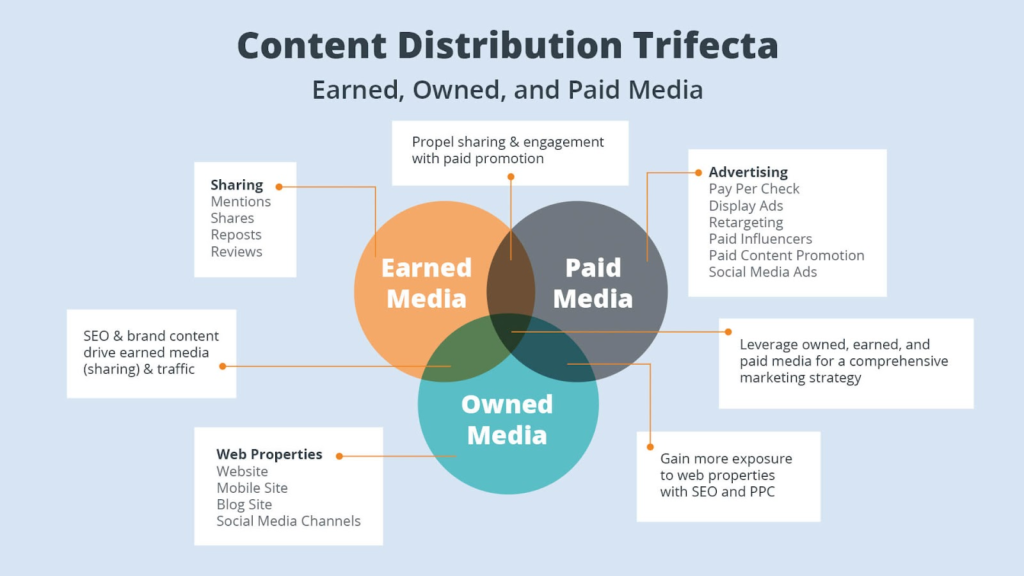
In today’s digital age, there are several ways to distribute content, including the following:
- Social media: These platforms, such as Facebook, Twitter, LinkedIn, and Instagram, are excellent channels for distributing content. You can reach a wider audience and encourage engagement with your brand by creating engaging posts, sharing videos, or starting conversations with your audience.
- Email marketing: Content creation and distribution helps to reach your current clientele and is a very efficient approach to providing material. You may increase traffic to your website and promote engagement with your brand by regularly sending out promotional emails or newsletters that include links to your content.
- Content syndication platforms: Content syndication platforms such as Outbrain and Taboola allow you to distribute your content across a network of websites. You can increase your reach and attract new audiences to your brand by sharing your content on these platforms.
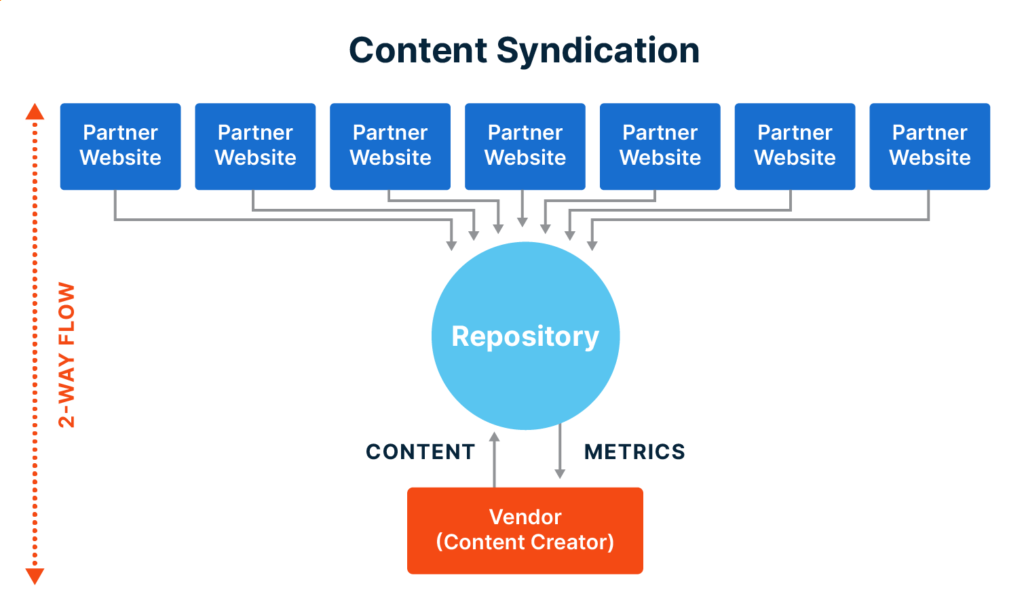
- Search engine optimization (SEO): Optimizing your website for search engines is a powerful way to drive organic traffic to your content. By incorporating relevant keywords and optimizing your website structure, you can improve your website’s search engine rankings and attract more visitors.
Check out Pepper Content’s Guide on SEO here.

- Paid distribution: Paid distribution strategies like display advertising, influencer marketing, and sponsored content can help you expand your audience and enhance website traffic. While these methods can be more expensive than other distribution channels, they can be highly effective at driving results.
- Video hosting platforms: Video hosting platforms such as YouTube and Vimeo are excellent channels for content creation and distribution.
- You can attract new audiences and drive more traffic to your website by creating engaging videos and optimizing them for search engines,
- Podcasting: Podcasting has become an increasingly popular way to distribute content. You may reach a larger audience and develop a devoted following for your company by producing educational and entertaining podcasts.
Content Distribution in 7 Steps
Content distribution is the process of getting your content in front of your target audience, increasing its reach, and driving engagement. It’s an essential part of content distribution software as it helps maximize the value of the content you produce. Here’s an in-depth, step-by-step guide on how to do content distribution.
Step 1: Define your target audience
The first step is to identify the audience you want to reach with your content. Start by researching your audience’s demographics, interests, and pain points. This will help you to create content that is tailored to their needs.
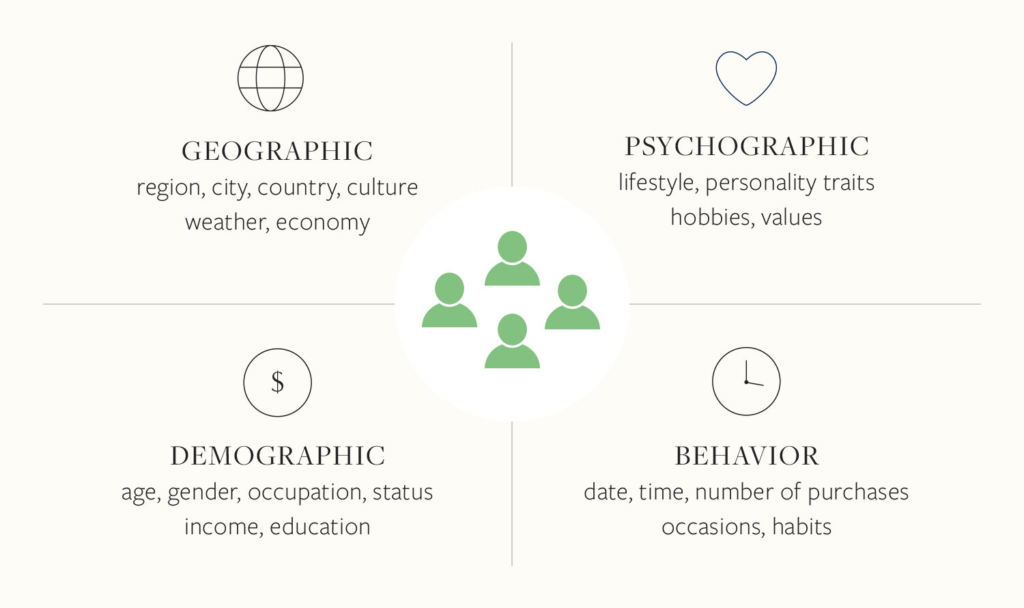
Step 2: Create high-quality content
Once you have identified your target audience, create high-quality content that meets their needs. The content should be engaging, informative, and easy to read. Use visuals, such as images, videos, and infographics, to make your content more appealing.
Step 3: Choose your distribution channels
Next, choose the channels you will use to distribute your content. This could include social media platforms, email marketing, paid advertising, and content syndication. Consider which channels your target audience is most likely to use.
Step 4: Develop a content distribution plan
Develop a plan for how you will distribute your content. This should include a timeline for when you will publish your content and how you will promote it on each channel. You should also create a budget for paid distribution channels.
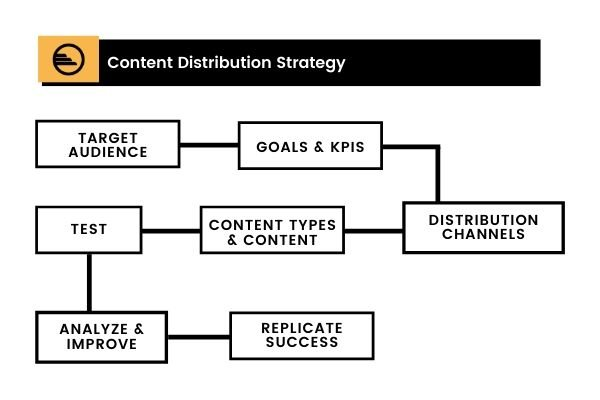
Step 5: Publish and promote your content
Now it’s time to publish and promote your content. Make sure to optimize your content for each channel, including using relevant hashtags on social media and targeting specific keywords for SEO.
Step 6: Measure your results
You must evaluate the effectiveness of your content distribution activities. This will assist you in determining the channels that work best for interacting with and engaging your target audience. Track data like views, clicks, shares, and conversions using analytics tools.
Step 7: Adjust your strategy
Based on your results, adjust your content distribution strategy as needed. This could include tweaking your content to better meet your audience’s needs or focusing more on channels that are driving the most engagement.
In short, sharing content is an essential part of content marketing. These techniques will help you produce high-quality content that appeals to your target market and distribute it wisely to increase reach and engagement.
In Conclusion
Content distribution is the process of getting your content in front of your target audience to increase its reach and engagement. It involves identifying your target audience, creating high-quality content that meets their needs, choosing the right distribution channels, developing a content distribution plan, publishing and promoting your content, measuring your results, and adjusting your strategy as needed.
Effective content marketing distribution can help you maximize the value of your content, increase your brand’s visibility, and drive engagement with your target audience.
It’s essential to regularly evaluate and adjust your content distribution strategy based on your results. With a well-planned and executed content distribution strategy, you can build brand awareness, drive engagement, and ultimately, achieve your marketing goals.
Latest Blogs
Explore how Google’s 2025 AI search updates triggered ranking chaos. Learn actionable strategies to adapt your SEO for AI Overviews, zero-click searches, and SERP volatility. Stay ahead now.
Learn how to rank on AI search engines like ChatGPT, Perplexity, and Gemini by optimizing your content for authority, structure, and relevance. Stay ahead in AI-driven search with this strategic guide.
Explore the best healthcare SEO services for your medical practice. Improve online visibility and effectively reach more patients in need of your services.
Get your hands on the latest news!
Similar Posts

B2C Marketing
5 mins read
Top Choices for Best Content Marketing Services in B2B Industries

Artificial Intelligence
5 mins read
How A Lead Generation Specialist Can Use AI-Powered Content Funnels to Drive Conversions

Artificial Intelligence
4 mins read